The jeep patriot is a small SUV related to the jeep compass and the Dodge caliber. However, the Patriot was discontinued in 2017 but shares the same platform with the Compass. If you own the jeep patriot, you may have encountered the Electronic Throttle Control (ETC). The Electronic Throttle Control in 2016 Jeep Patriot is an important part of your engine’s control system which can impact your driving significantly.
Introduction to Electronic Throttle Control (ETC)
Electronic Throttle Control, also known as Drive-By-Wire, is a system that replaces traditional mechanical throttle control with electronic sensors and actuators. In relation to where your foot is on the gas pedal, the throttle position sensor tracks the position of the throttle plate inside the throttle body.
The ECU decides whether to give the motor more or less gasoline based depending on your settings and the inputs from the sensor measuring the location of your foot on the pedal. When this sensor malfunctions, using the gas pedal may result in erratic reactions.
What is Electronic Throttle Control in Jeep Patriot?
The Jeep Patriot has electronic throttle control technology, which functions similarly to other cars. Incorporated inside it are sensors and lights that provide signals to the engine control module based on the location of the accelerator pedal. The engine’s power output is then managed by the module by instructing the throttle body to change how much air is injected into the engine.
How Does Electronic Throttle Control Work in Jeep Patriot?
In order to detect where the accelerator pedal is located, the Jeep Patriot’s Electronic Throttle Control system uses two sensors. For safety reasons, one sensor serves as a redundant backup. The sensors provide data to the engine control module, which determines the necessary throttle position using a variety of inputs such as engine speed, gear selection, and vehicle speed.
The throttle body receives instructions from the engine control module, which controls how much air enters the engine. As a result of the system’s smooth and accurate throttle control, fuel economy and emissions are enhanced.
Symptoms of a Faulty Electronic Throttle Control in Jeep Patriot
A faulty Electronic Throttle Control system can cause various issues in your Jeep Patriot, such as:
Intermittent throttle control
In contrast to the earlier mechanical connections that connected the throttle pedal to the throttle body, the throttle controller is now electronically operated. A loose electrical line, a problem with the relay’s operation, or damage to a sensor may all cause the electric transmission to be interrupted sometimes.
In any event, it could occasionally result in the throttle controller losing a signal and only occasionally controlling the throttle. This can result in the car shutting down or the driver losing control of the accelerator pedal. Sometimes it is a small problem that is more of an annoyance.
Throttle or acceleration problems
Throttle hesitation or difficulty in accelerating is a situation where the engine fails to respond immediately when the driver steps on the accelerator. This can be caused by a faulty throttle controller that disrupts the communication between the accelerator pedal and the engine.
When this happens, the engine may exhibit a stumbling effect or limp mode, which can result in poor performance and compromised safety. If left unchecked, the driver may experience a lack of control over the throttle, leading to accidents. In the worst-case scenario, the throttle can get stuck, creating a life-threatening situation.
It is important to promptly inspect and repair any issues with the throttle controller to prevent such incidents. A skilled technician can assess the problem and ensure that the throttle response is restored to its optimal state.
Drastic changes in fuel economy
Poor fuel economy is a common symptom of a damaged throttle controller. When the controller malfunctions, it can lead to excess fuel consumption, causing the car to burn more fuel than it should. One reason for this could be a miscommunication between the throttle controller and the engine’s air-fuel mixture, which is regulated by the mass air flow sensor found on many cars.
If any warning signs are present, such as decreased fuel efficiency or reduced engine power, the throttle controller will trigger an OBD-II error code, which is stored in the ECM. A professional mechanic can download and analyse this code using a digital scanner, and the Check Engine Light will illuminate the dashboard.
After identifying the source of the error code, the mechanic can recommend corrective actions and ensure the throttle controller is working fine. In most cases, issues with the throttle controller are electrical in nature, caused by a damaged sensor or electrical relay. However, there are instances when the controller is damaged beyond repair and needs to be replaced.
Higher or Lower Idling
One of the signs that indicate a malfunctioning throttle body is when the engine has difficulty maintaining a consistent idle speed. This can manifest in several ways, such as stalling after coming to a stop, an extremely low idle speed after starting, or stalling when the accelerator pedal is depressed rapidly.
The cause of this problem can be traced back to dirt or debris that accumulates in the throttle body, leading to turbulent airflow into the system. This, in turn, causes the idle speed to fluctuate, resulting in an inconsistent and unreliable driving experience.
To resolve this issue, a skilled technician should inspect and thoroughly inspect the throttle body. They will remove any accumulated dirt or debris and ensure that the airflow into the system is smooth and consistent. This will help to restore the engine’s idle speed to its optimal state, allowing for a more comfortable and reliable driving experience.
In any case, it is crucial to address any problems with the throttle controller promptly to prevent further damage to the car and ensure safe and efficient driving.
Solutions for ETC Problems in 2016 Jeep Patriot
If you’re experiencing any of the symptoms related to ETC problems in your 2016 Jeep Patriot, it’s essential to have qualified mechanic services inspect your vehicle. They can diagnose the issue and recommend the appropriate solution. Here are some potential solutions to ETC problems in the 2016 Jeep Patriot:
Throttle Body Cleaning
If the ETC system malfunction is caused by a dirty throttle body, it may be as simple as cleaning it. This is a relatively easy and cost-effective fix that can be done by a skilled technician.
Throttle Position Sensor Replacement
If the TPS is malfunctioning, it will need to be replaced. Although it’s a relatively straightforward fix, it’s important to have it done by a qualified mechanic to ensure proper installation and calibration.
Electronic Throttle Control System Repair
If any of the electronic components of the ETC system are faulty, they may need to be repaired or replaced. This can be a more complex and expensive fix that requires specialized skills and equipment from a local parts store.
Electrical Issue Resolution
If the ETC problem is caused by electrical issues, such as damaged wiring or faulty connections, these will need to be repaired or replaced. A skilled mechanic can identify and address these issues to restore the proper function of track outages and protect the ETC system.
Software Updates
In some cases, the ETC system malfunction may be caused by software glitches. This can often be resolved by updating the vehicle’s computer software. Your dealership or qualified mechanic can perform this task using specialized diagnostic tools.
It’s crucial to have your vehicle inspected by a skilled mechanic if you’re experiencing any issues related to the ETC system in your 2016 Jeep Patriot. They can diagnose the issue and recommend the appropriate solution, whether a simple cleaning, replacement with a quality throttle control or a more complex repair.
FAQs
What does it mean when my Jeep Patriot says service electronic throttle control?
The message “Service Electronic Throttle Control” on a Jeep Patriot means that there is an issue with the electronic throttle control system that requires attention from a qualified mechanic.
What are the symptoms of bad electronic throttle control?
Symptoms of bad electronic throttle control include poor acceleration, stalling, erratic idling, and decreased fuel efficiency. Additionally, the check engine light may illuminate, and there may be a noticeable delay in throttle response.
What does it mean when the electronic throttle control light comes on Jeep Patriot?
When the electronic throttle control light comes on in a Jeep Patriot, it indicates that there is a problem with the electronic throttle control system. This may be caused by issues such as a dirty throttle body, a faulty throttle position sensor, or electrical problems.
How do I fix my Jeep Patriot electronic throttle control?
Fixing the electronic throttle control in a Jeep Patriot depends on the specific issue. Cleaning the throttle body, replacing the throttle position sensor, repairing or replacing electronic components, fixing electrical issues, or updating the vehicle’s computer software are all potential solutions.
How do you reset the throttle body on a 2016 Jeep Patriot?
To reset the throttle body on a 2016 Jeep Patriot, turn the ignition to the “on” position without starting the engine, wait for the throttle body to complete its self-check, then turn the ignition off for at least 10 seconds. Afterward, start the engine and allow it to idle for a few minutes to complete the relearn process. It’s recommended to consult the owner’s manual or a qualified mechanic for detailed instructions.

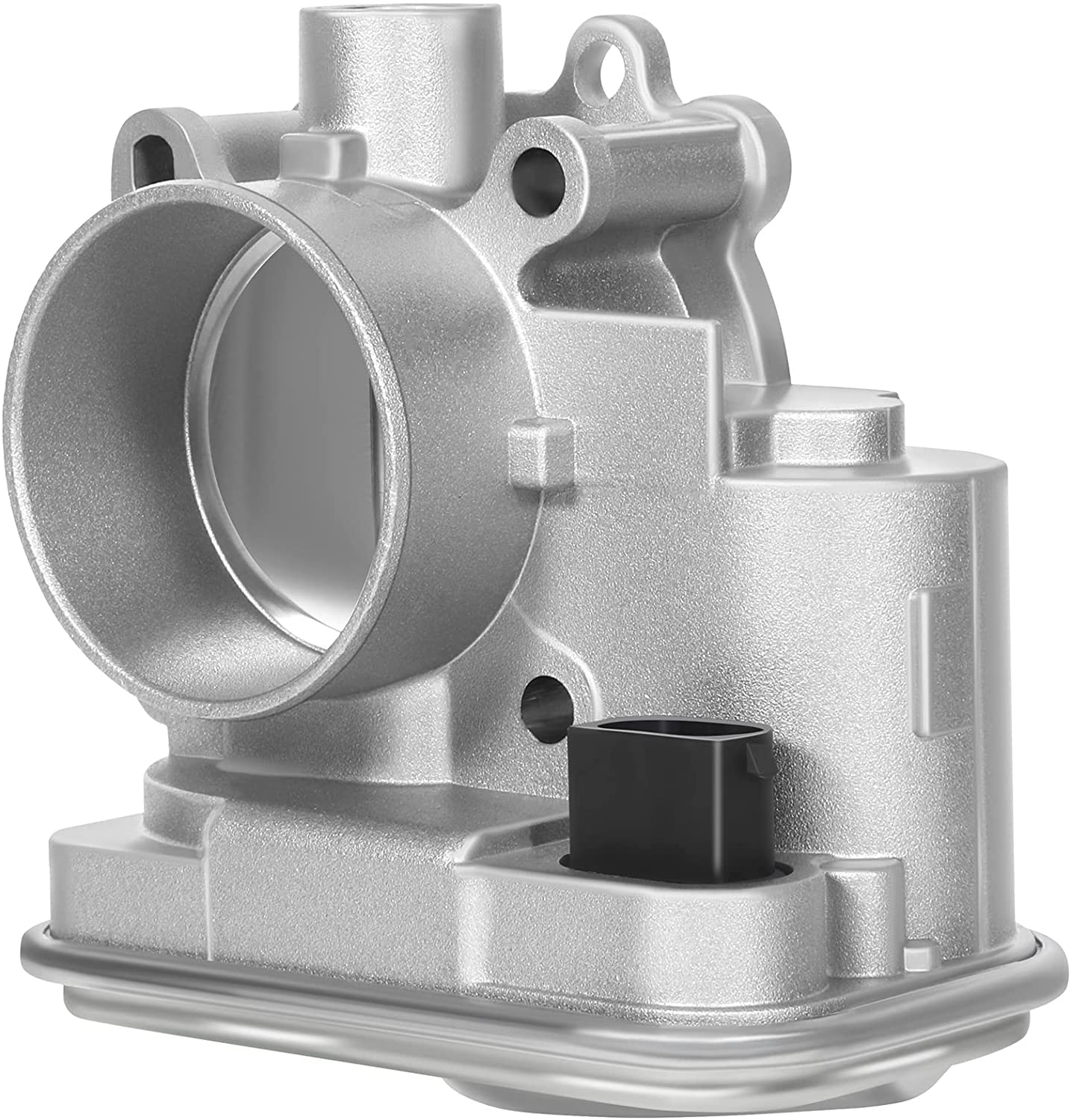


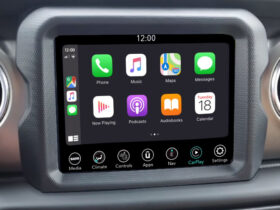

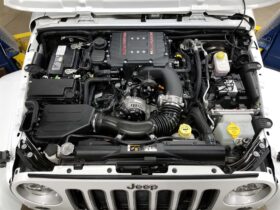

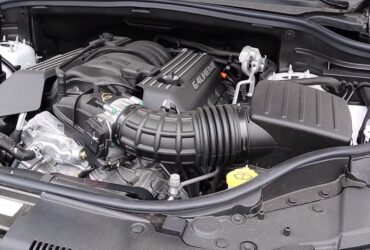

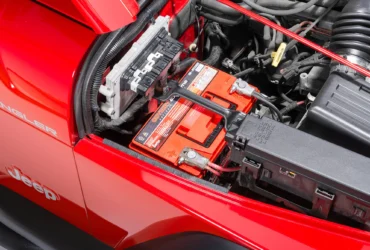

Leave a Reply